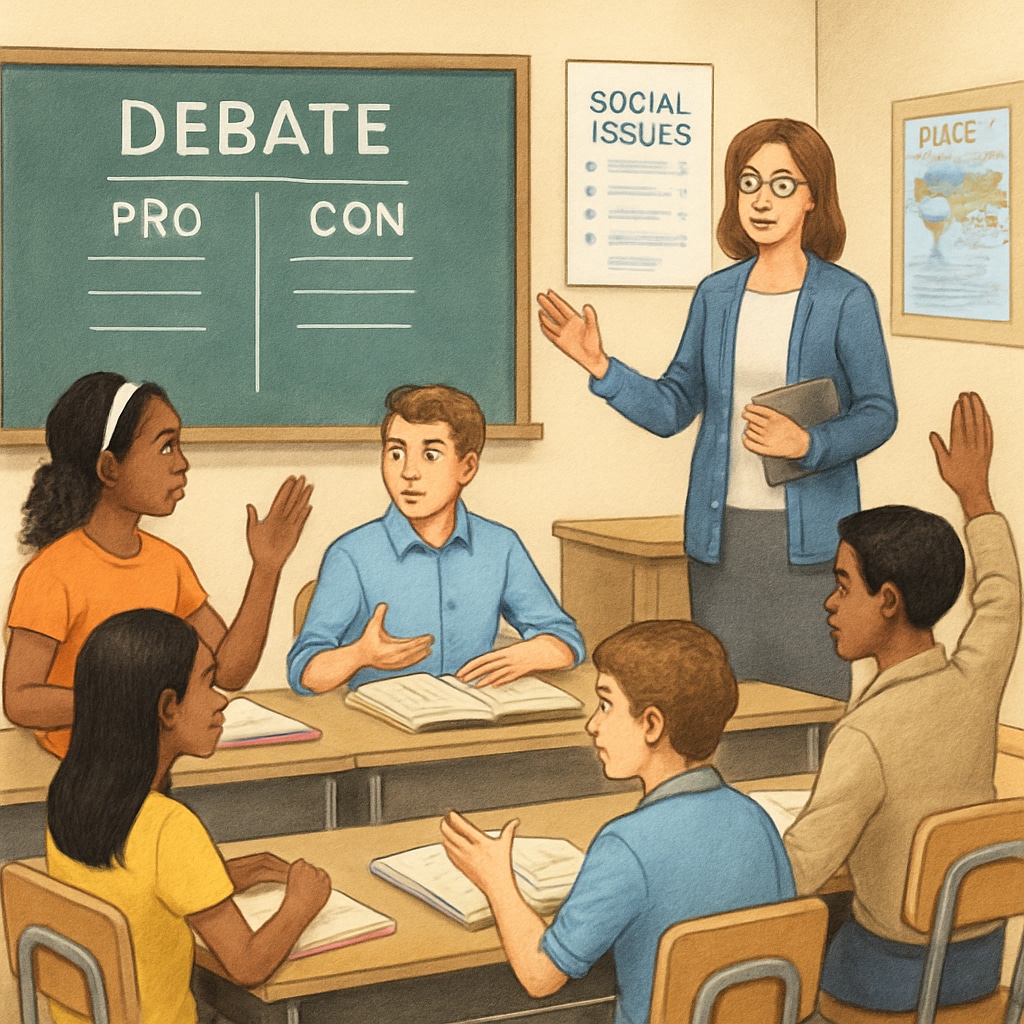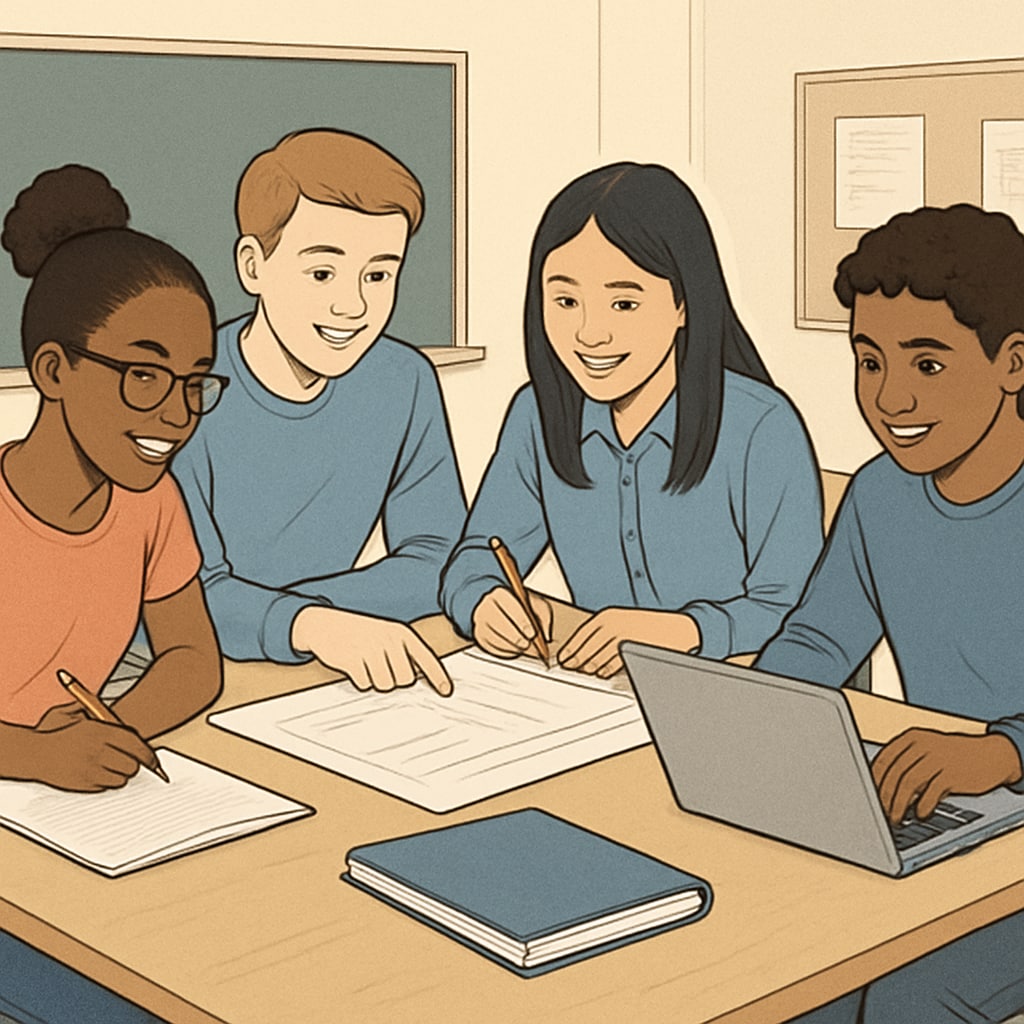In recent years, the concept of “wokeness”—a heightened awareness of social justice issues—has permeated the educational landscape. K12 schools, as microcosms of broader society, are no exception. This article delves into the phenomenon of wokeness in schools, examining how students perceive its presence and influence. By analyzing diverse viewpoints, we aim to uncover the impact of ideological diversity on the educational environment while considering how inclusivity can coexist with the core principles of education.
Understanding Wokeness in the Context of Schools
The term “wokeness” refers to an awareness of social and political injustices, often associated with movements advocating for equality, diversity, and inclusion (EDI). In schools, this concept manifests in various ways, such as curriculum adjustments, policy changes, and the promotion of inclusive practices. However, the integration of wokeness into education has sparked debates among students, educators, and parents alike. For students, the term can carry different meanings depending on their personal experiences and cultural backgrounds.
For example, integrating diverse narratives into history lessons or encouraging discussions about global social issues may resonate positively with some students. Others, however, may perceive these changes as distractions from traditional educational goals. This divergence highlights the complexity of applying wokeness in a K12 setting.

Student Perspectives on Campus Wokeness
To understand how wokeness is perceived, one must consider students’ voices. Interviews and surveys reveal a spectrum of opinions. Many students appreciate the emphasis on representation and inclusivity. They believe these efforts create a safer and more welcoming environment for marginalized groups. For instance, initiatives like celebrating cultural heritage months or establishing gender-neutral restrooms are often seen as progressive steps.
On the other hand, some students express concerns about overemphasis on wokeness overshadowing academic rigor. They worry that constant focus on social issues may dilute the pursuit of knowledge and skills essential for future success. As one high school senior noted, “We want to learn about the world, but we also need to focus on math, science, and other core subjects.”
Striking a balance is key. Students generally agree that fostering awareness of social justice is valuable, but it should not come at the cost of academic integrity.

Balancing Inclusivity and Educational Foundations
The challenge for schools lies in maintaining inclusivity while preserving the essence of education. This requires thoughtful implementation of policies that address social justice without compromising academic standards. For example:
- Curriculum Design: Incorporating diverse perspectives into existing subjects, rather than replacing traditional content, can enrich learning experiences without causing imbalance.
- Teacher Training: Providing educators with tools to facilitate sensitive discussions ensures that wokeness is integrated effectively and respectfully.
- Student Feedback: Regularly seeking input from students allows schools to gauge the effectiveness of their initiatives and make necessary adjustments.
These strategies can help create an environment where all students feel valued and respected, while still prioritizing educational excellence.
The Future of Wokeness in Education
As society continues to evolve, so too will the role of wokeness in schools. The next generation of educators and policymakers will likely shape its trajectory, determining how it intersects with traditional educational practices. For students, the ultimate goal remains clear: an education that prepares them for a diverse and interconnected world.
In conclusion, the presence of wokeness in K12 schools reflects broader societal trends toward greater inclusivity and awareness. By understanding and addressing students’ diverse viewpoints, educators can foster an environment that supports both personal growth and academic achievement.
Readability guidance: This article uses short paragraphs, clear structure, and accessible language to ensure comprehension. Transitions such as “however,” “for example,” and “as a result” enhance flow, while lists summarize key points effectively. Passive voice is minimized, and sentence complexity is controlled to maintain readability.


